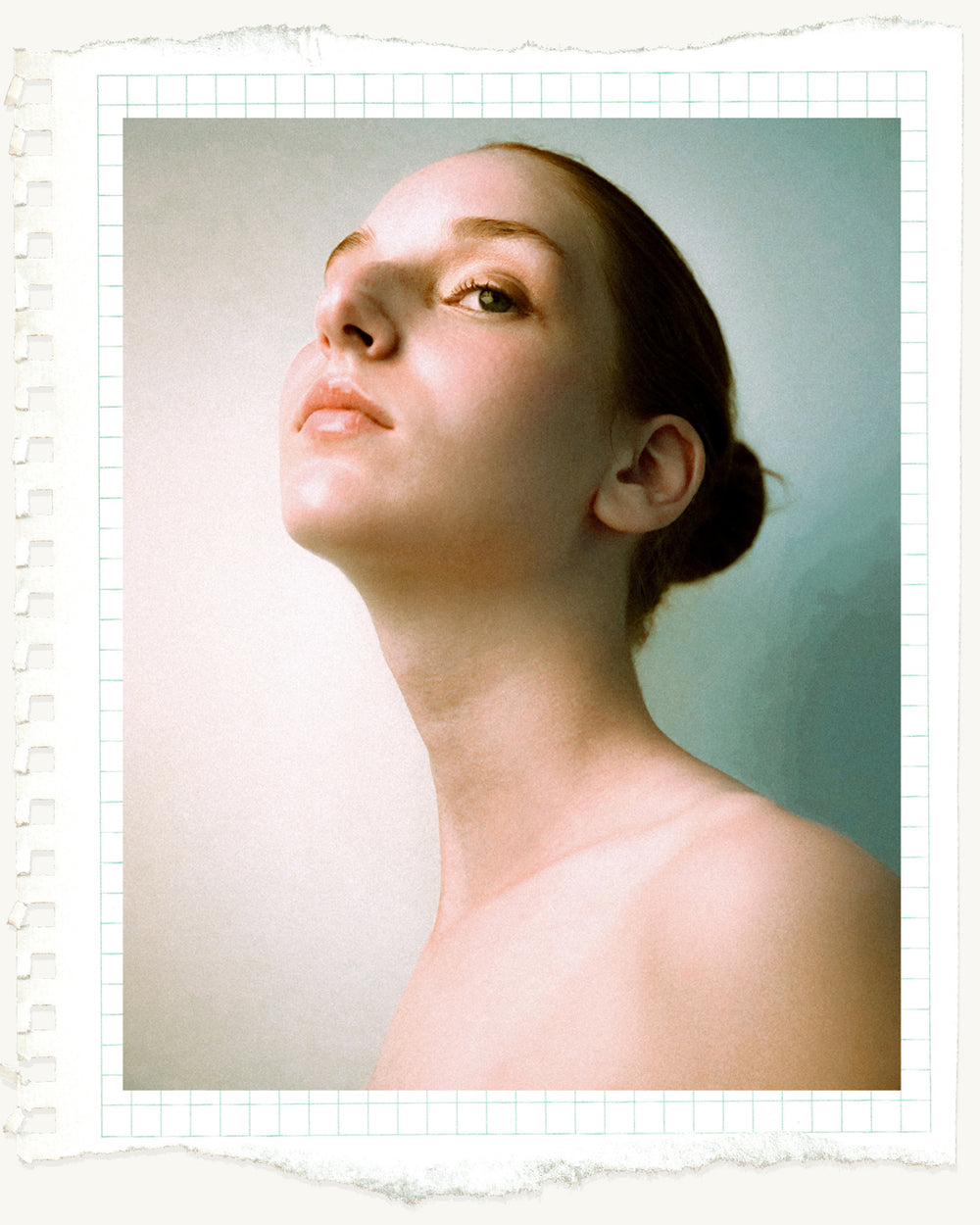is clean beauty a myth?


First up, allow us to point out the elephant in the room.
Skincare ingredients aren’t dirty nor are they clean. Allow us to explain.
If you are beauty obsessed or just a casual shopper meandering the aisles at Sephora or Mecca Cosmetica, you've likely come across some beauty products that claim to be ‘clean’, chemical-free and touting supposed benefits on why you should be using them exclusively. While it may seem harmless, the issue we have with this is that a lot of these claims are just marketing spin, a play on peoples insecurities and do not stand up to scrutiny, nor plain logic.
Dive deep with us into the clean beauty movement and let us separate fact from fiction.
Clean Beauty:
‘Clean’ is a buzzword that emerged during the clean eating trend that boomed in the early 2000’s and had, for what seemed at the time, everybody detoxing with green juices, herbal teas, supplements and really opened the door for certain chemical-sunscreen-hating celebs to start their own wellness brands based on pseudo-science.
Clean is now back with a vengeance, dominating the beauty industry everywhere, you see ‘clean’ printed alongside non-toxic, all natural and chemical-free, but what is considered clean beauty exactly?
Well… brace yourselves…
There are no guidelines nor consistency as to what constitutes a clean beauty product and herein lies the problem, some consider that a product needs to be all natural or purely organic, others promote clean products as paraben or preservative free and then there are many others that stick the clean label on standard products hoping the consumer won’t know better, maybe even the brand owner doesn't know any better themselves?
Clean beauty is a trend driven by mistrust and misinformation, spread by certain beauty brands, celebrities and so called influencers that it has ultimately lead to consumers’ good intentions being taken advantage of. Consumers end up spending their hard earned money on under performing and often ridiculously priced products all in the name of good health.
Chemical-free:
Health conscious consumers are inherently fearful of chemicals and chemical names they don’t understand or recognise on the back of their beauty packaging and the push from certain brands within the beauty industry that a product is ‘clean’ or ‘all natural’ is better for you is complete fear-mongering.
It propagates the myth that chemicals are bad and ‘clean’ products are more virtuous, but, hate to break it to you…. every single ingredient in your ‘clean’ and chemical-free formula is a chemical. Yes, including that icelandic glacial water in your serum, the vitamin c, the natural watermelon extract, the hyaluronic acid, the pineapple enzymes etc… ALL CHEMICALS!
This all ties in with the myth that natural chemicals are safer than synthetic chemicals, the truth is that nature can produce some toxic chemicals to humans, think of poison ivy, golden dewdrop, belladonna, hemlock and angel’s trumpet, all plants, all natural and all not safe for your skin. Cute names though!
It would be wise to remember one basic toxicology principle: It is the dose that makes the poison.
Cosmetic chemists evaluate each chemical on its own merit and take into account maximal consumer usage per ingredient so that they are far below percentages required to have a toxicological effect.
Clean is safer:
This one is a doozy, here’s the thing…
It is illegal to sell unsafe skincare products, while regulations around the world vary from country to country, this is the one thing that remains unchanged.
There are no evil cosmetic chemists toiling over a bubbling beaker masterminding an anti-aging formula that will lead to cancer or other health adversities. That boogey man doesn’t exist today.
Ingredients, both naturally or synthetically derived are rigorously tested and each ingredient has been safety tested by both the manufacturer and the cosmetic chemist that has formulated your product.
When you look at various ‘clean’ products, you start to notice a pattern that if the chemical has been subjected to fear-mongering or even sounds similar to another cancelled product then companies will seek out-dated or irrelevant studies (such as an ingredient ingested or injected into rats at 100% potency) and cherry pick data that supports their agenda.
What is hypocritical is that these companies with ‘clean’ morals will often times ignore relevant allergenic potential and safety data all while espousing the myth that cosmetics aren’t regulated.
For example, lets compare highly effective mineral oil which is a no-no in the ‘clean’ space and the wonderfully emollient castor oil which is considered natural and safer. Mineral oil is derived from crude oil and castor oil is derived from castor beans which contains ricin, a deadly poison to humans. Both oils are processed in the same way in that they are highly refined, toxins are removed and purified, ready for cosmetic use yet promoters of the ‘clean’ movement do not formulate with the mineral oil yet continue to do so with castor oil even though they are refined in the same way.
Clean beauty is toxic:
We are calling it out.
If a beauty brand is selling a product based on a lie, claiming that it is free from supposed toxic ingredients yet they are pushing a toxic narrative, they’re toxic.
Pricing products that are unattainable only because they stuck a clean label on it and employing emotionally harmful marketing to those who may not be able to afford their niche products, is toxic.
The bottom line is that the clean beauty movement is based on pseudo-science and fear-mongering, a dishonest culture of self blame that’s created a classist, judgemental space fuelled by falsehoods. Companies caving in to pressure to avoid safe yet effective ingredients only because consumers mistakenly do not want them in the formula only perpetrates the myth that is come to be known as clean beauty.
When creating Synth Labs Intl. our hope was to take the focus away from fear mongering in the beauty world and to manifest a space where we could drive the future of beauty to a place that is more transparent, more welcoming and ultimately more forward thinking.




